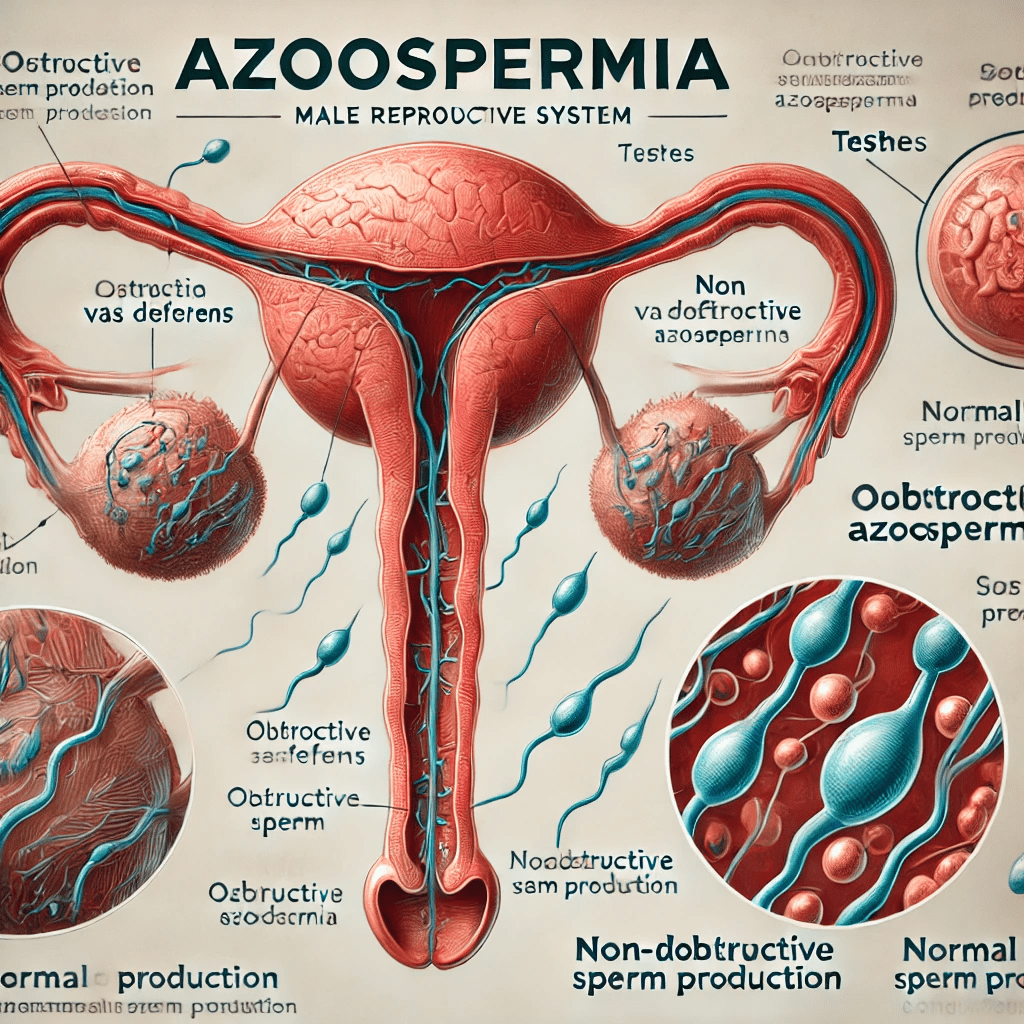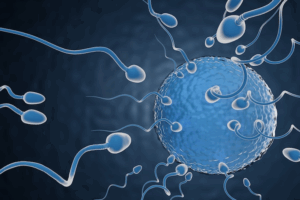Can Azoospermia Be Cured?
Azoospermia is a medical condition where there is no measurable sperm in a man’s semen. It affects about 1% of all men and around 10-15% of infertile men. If you or someone you know has been diagnosed with azoospermia, you may be wondering: Can azoospermia be cured? In this article, we will explore the causes, symptoms, diagnosis, treatment options, and the possibility of curing azoospermia.
What Is Azoospermia?
Azoospermia is a condition where the male ejaculate contains no sperm. This condition is a major cause of male infertility and can be classified into two main types:
- Obstructive Azoospermia (OA): This occurs when sperm production is normal, but there is a blockage in the reproductive tract that prevents sperm from being released.
- Non-obstructive azoospermia (NOA): This occurs when the testicles produce little to no sperm due to hormonal imbalances, genetic conditions, or other underlying health issues.
Causes of Azoospermia
The causes of azoospermia vary depending on whether it is obstructive or non-obstructive. Common causes include:
Causes of Obstructive Azoospermia:
- Blockages in the vas deferens or epididymis
- Prior vasectomy
- Infections or inflammation
- Congenital absence of the vas deferens (linked to cystic fibrosis genes)
Causes of Non-Obstructive Azoospermia:
- Genetic disorders (e.g., Klinefelter syndrome, Y chromosome microdeletions)
- Hormonal imbalances (low testosterone, high FSH levels)
- Testicular failure due to injury, infection, or radiation therapy
- Varicocele (swollen veins in the scrotum)
- Side effects of certain medications or treatments (such as chemotherapy)
Symptoms of Azoospermia
Azoospermia itself does not have obvious symptoms. Most men discover they have the condition when trying to conceive. However, some signs that may indicate an underlying issue include:
- Low sex drive or erectile dysfunction
- Pain or swelling in the testicles
- Reduced facial or body hair (a sign of hormonal imbalance)
- Small or undescended testicles
- Previous infections or surgeries affecting the reproductive system
How Is Azoospermia Diagnosed?
A doctor will conduct several tests to confirm azoospermia and identify its cause. These tests may include:
- Semen Analysis: Examines sperm count, motility, and overall health.
- Hormone Testing: Checks testosterone, FSH, and LH levels.
- Genetic Testing: Identifies chromosomal abnormalities.
- Scrotal Ultrasound: Detects varicoceles, blockages, or abnormalities in the testicles.
- Testicular Biopsy: Involves taking a small tissue sample from the testicles to check for sperm production.
Can Azoospermia Be Cured?
The possibility of curing azoospermia depends on its underlying cause. While some cases can be treated, others may require alternative solutions like sperm retrieval techniques or assisted reproductive technologies.
Treatment for Obstructive Azoospermia
- Surgical Correction: If there is a blockage, surgery may restore sperm flow. This includes vasectomy reversal or microsurgical reconstruction.
- Epididymal or Testicular Sperm Extraction (PESA/TESA): Sperm can be retrieved directly from the testicles and used in assisted reproduction (IVF/ICSI).
- Treatment for Infections: Antibiotics can help clear infections causing blockages.
Treatment for Non-Obstructive Azoospermia
- Hormone Therapy: If the condition is caused by hormonal imbalances, medications like clomiphene citrate, hCG injections, or testosterone therapy may improve sperm production.
- Varicocele Repair: Surgery to remove varicoceles can sometimes restore fertility.
- Lifestyle Changes: Healthy habits like weight loss, quitting smoking, reducing alcohol, and managing stress can improve sperm health.
- Testicular Sperm Extraction (TESE): In cases where some sperm are still being produced, they can be extracted and used for IVF with ICSI.
Alternative Options for Parenthood
If azoospermia cannot be cured, couples still have several options for having children:
- Sperm Donation: Using donor sperm for intrauterine insemination (IUI) or in vitro fertilization (IVF).
- Adoption: Providing a loving home to a child in need.
- Advanced Fertility Treatments: New technologies like stem cell research may offer future solutions for male infertility.
Conclusion
Azoospermia can be a challenging diagnosis, but it is not always the end of the road for fatherhood. Many cases of obstructive azoospermia can be treated with surgery, and some non-obstructive cases can improve with hormone therapy and lifestyle changes. Even if a complete cure is not possible, assisted reproductive techniques like sperm retrieval and IVF offer hope.
If you have been diagnosed with azoospermia, consult a fertility specialist to determine the best course of action. Advances in medical science are continually improving options for men facing this condition, so never lose hope.
Final Tip:
Maintaining a healthy lifestyle, seeking early medical evaluation, and exploring all available treatment options can significantly increase the chances of fatherhood despite azoospermia.


